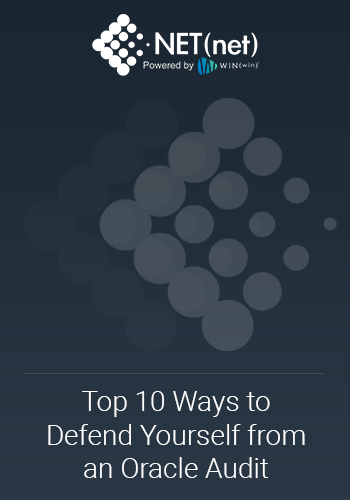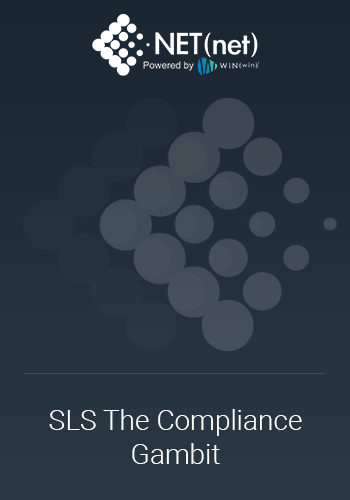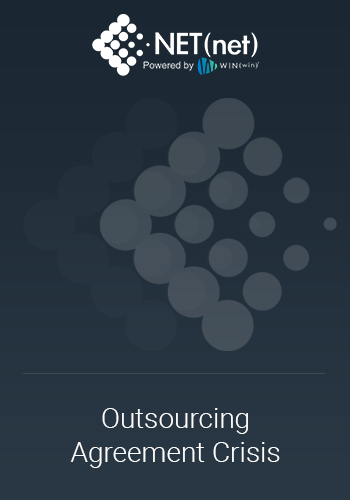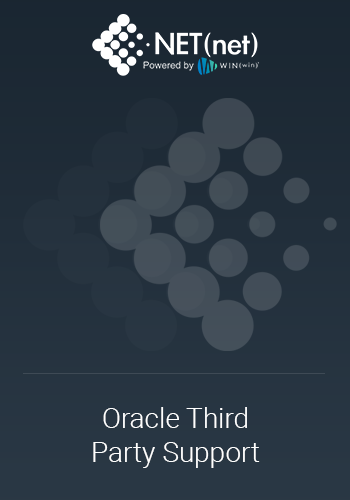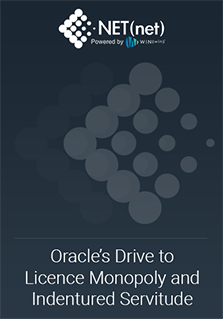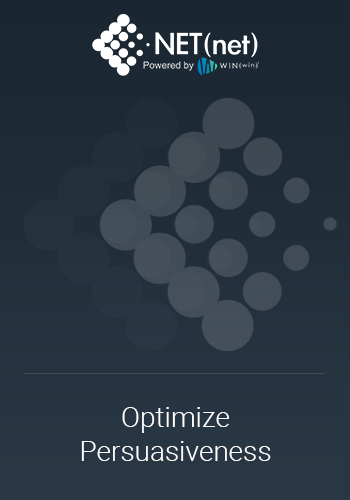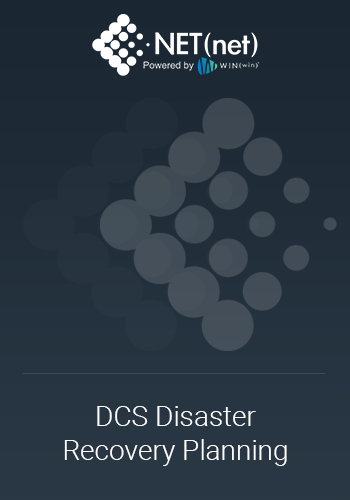For over 30 years, Oracle has been synonymous with Larry Ellison. To date, he hasn't yet named a successor, something that probably continually frustrates board chairman Jeff Henley to no end. Many would-be heirs to the thrown have been forced out by Ellison, or have left of their own accord after they have gotten sideways with Larry the Terrible. The two most recent co-presidents (Charles Phillips & Safra Catz) were widely regarded as executives with no real shot at replacing Ellison. Catz flat out doesn't want the job, and has publicly stated as much. She once said, "I don't know who would take over if something happened to Larry. I ...
Read More
I love the show, Pawn Stars. Even if you've never watched it, you can likely tell by the name that it's a reality-based show based on a pawn shop, and the wheeling and dealing done between the shop's employees and its customers. As a professional negotiator, I've been riveted to many episodes simply to watch people's negotiation styles and techniques. The unfortunate truth, however, is that most people don't really have a style - they have the foundation for a single technique: anchoring. They walk into the store with an item they want to sell and a gut-feeling about the price they want. They play show-and-tell with the employees and then ...
Read More
Fans of so-called cloud computing (or SaaS, if you like) will tout any number of positive benefits of using a network-based, non-locally-installed software program. And, to be fair, there are many: lowered (or no) installation costs, lowered support costs, instant scalability and right-sized usage, etcetera. They'll also usually talk about deployment speed, with virtually turnkey-like timing to go from nothing to everything. But almost never do the fans (or the service providers themselves) mention the downsides, especially the biggest one - death of the service. The logic is simple: no one wants to believe that the service will ever cease ...
Read More
As a newsletter subscriber, you’ve no doubt read of NET(net)’s negotiated successes in our services engagements on behalf of our clients. You’ve most likely seen mention of our most attractive engagement method (pay for performance). And, if you’re even moderately skeptical, like I am, you’ve also no doubt wondered how we consistently achieve this success. The answer is simple: practice. We continuously practice our negotiation skills at home, at work, and at play. We also realized long ago that traditional negotiation methods simply didn’t yield the type of results we wanted. So we refined our abilities – focusing on the things that matter ...
Read More
"Microsoft Corp. today announced record fourth-quarter revenue of $16.04 billion for the quarter ended June 30, 2010, a 22% increase from the same period of the prior year. Operating income, net income and diluted earnings per share for the quarter were $5.93 billion, $4.52 billion and $0.51 per share, which represented increases of 49%, 48% and 50%, respectively, when compared with the prior year period." Sounds like pretty good results to me. However, the headlines were "fiscal fourth-quarter earnings ... easily topped estimates, but failed to excite investors." and "Microsoft To Face Tough Questions From Analysts" And, Microsoft recently ...
Read More
To draft service levels and manage relationships well, you merely have to remember that they need to be SMART (as made popular by Peter Drucker): Specific, Measurable, Attainable, Relevant, Time-Bound, blending the rationality and romanticism as we go. Recall from the first two parts of this series that we were discussing IT Strategic Supplier Management. In this third of five-part series, we’re going to discuss the “A” – Attainable. Attainable – If you’ve never heard of the Myth of the Nines, take a moment and explore. The simple truth is that Five-9 availability is a pipe dream. 5.26 minutes of downtime a year. Just think about how long ...
Read More
To draft service levels and manage relationships well, you merely have to remember that they need to be SMART (as made popular by Peter Drucker): Specific, Measurable, Attainable, Relevant, Time-Bound, blending the rationality and romanticism as we go. Recall from the first three parts of this series that we were discussing Strategic Supplier Management. In this fourth of five-part series, we’re going to discuss the “R” and “T” – Relevant and Time-Bound. Relevant – Tied to Measurable and Specific is that each of your service level metrics be relevant to whatever service you’re receiving/providing. So if you’ve chosen to measure successful ...
Read More
To draft service levels and manage relationships well, you merely have to remember that they need to be SMART (as made popular by Peter Drucker): Specific, Measurable, Attainable, Relevant, Time-Bound, blending the rationality and romanticism as we go. Recall from the first four parts of this series that we were discussing Strategic Supplier Management. In this fifth of five-part series, we’re going to put it all together. Now that you’ve considered all five requirements, you should have one or more appropriate service levels in mind. But if you’ve never drafted a service level before or don’t have a lot of experience in writing them, you ...
Read More
“The aim of Zen practice is to discover [this] Buddha-nature within each person, through meditation and mindfulness of daily experiences. Zen practitioners believe that this provides new perspectives and insights on existence, which ultimately lead to enlightenment.” –Wikipedia Supplier Performance Management starts with understanding your supplier’s responsibilities in the relationship. The key to understanding those responsibilities is to draft and manage a solid contractual agreement. But if it was that simple and easy to do, NET(net) wouldn’t see so many of our clients disappointed in the service they’re receiving from their IT ...
Read More
To draft service levels and manage relationships well, you merely have to remember that they need to be SMART (as made popular by Peter Drucker): Specific, Measurable, Attainable, Relevant, Time-Bound, blending the rationality and romanticism as we go. Recall from the first part of this series that we were discussing the “S” – Specific of Strategic Supplier Management (SSM). In this second of five-part series, we’re going to discuss the “M” – Measurable. Measurable – While it might seem obvious, you must be able to measure your chosen metric. Counting alone isn’t necessarily enough. Rather, you might need to be able to track start/stop ...
Read More


